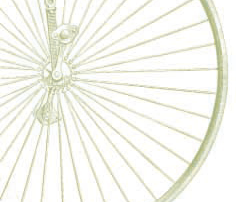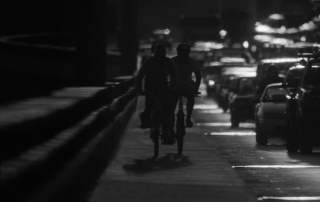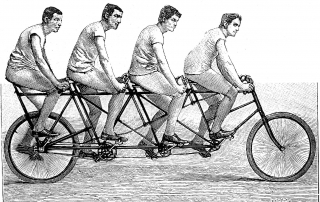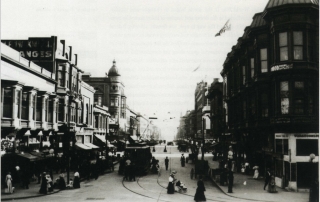Making Communities Safe for Bicycles
Gian-Claudia Sciara
To those who use a bicycle for transportation, it’s a simple but important machine—cheap, flexible, reliable, and environmentally friendly. Moreover, bicycles are convenient. Someone traveling by bike can usually make a trip door to door, choose among various routes, and easily add stops along the way.




